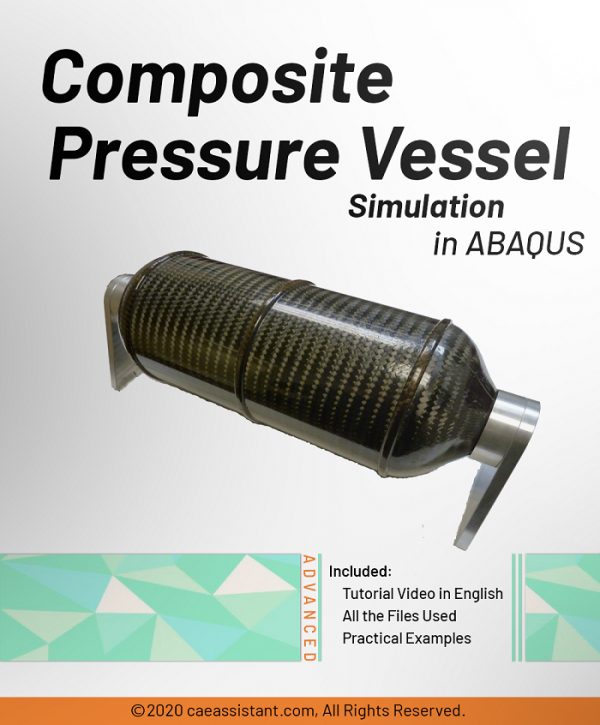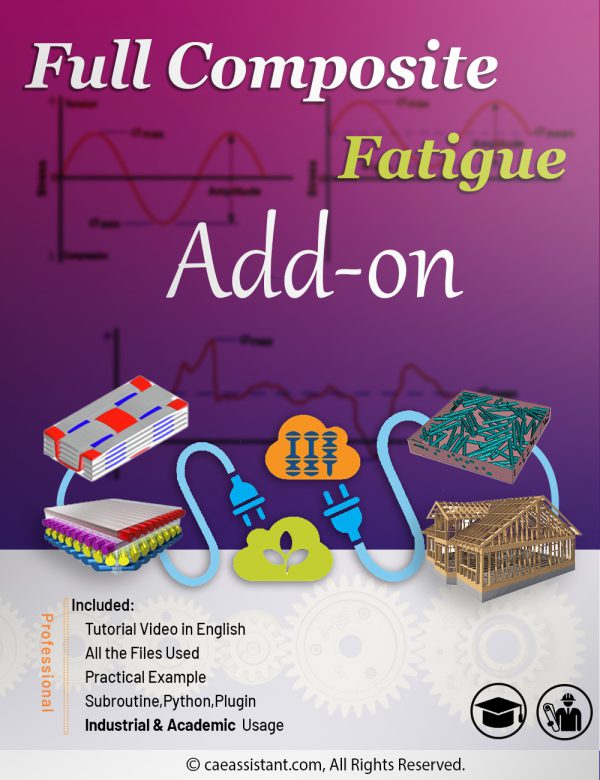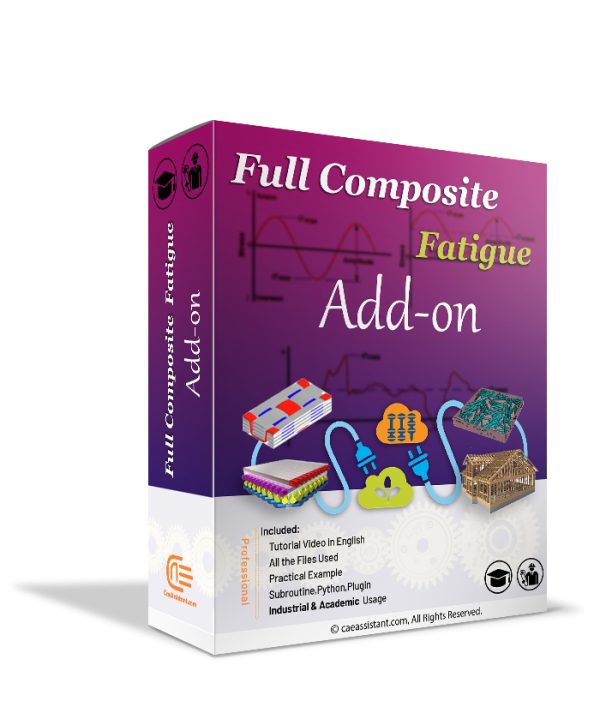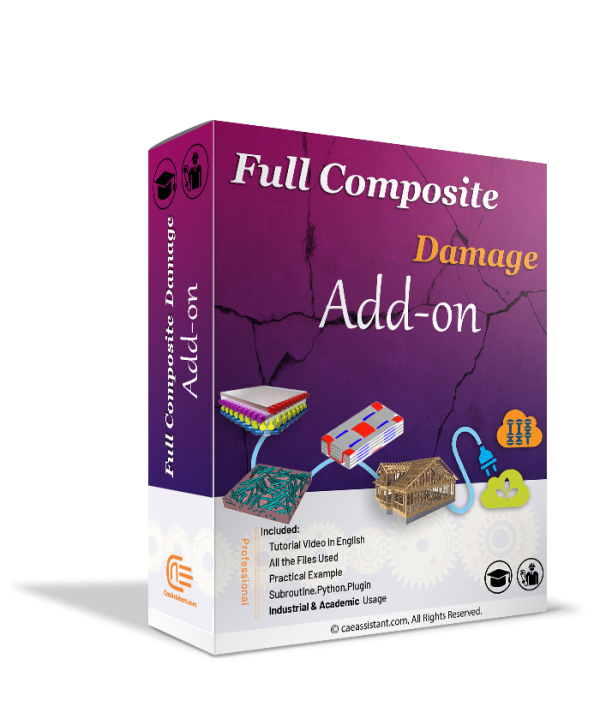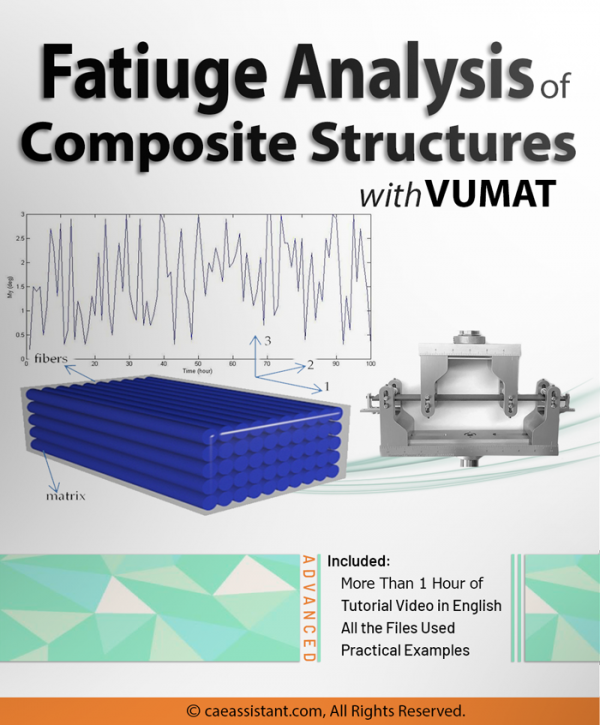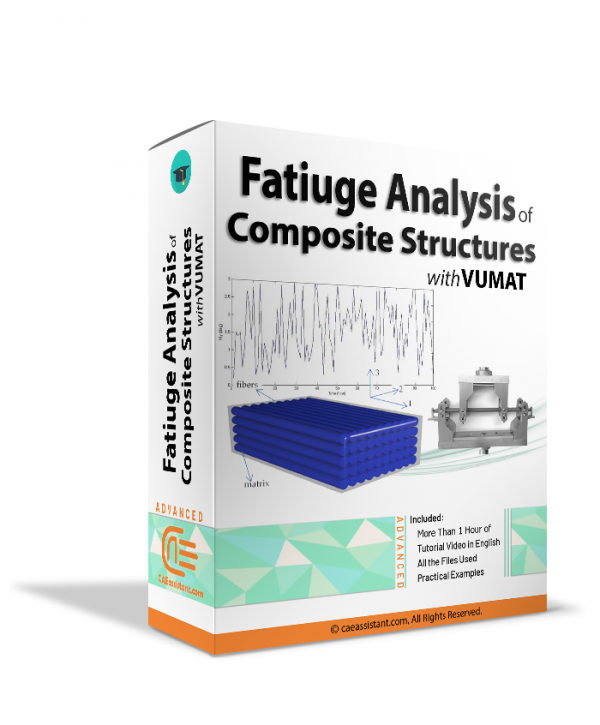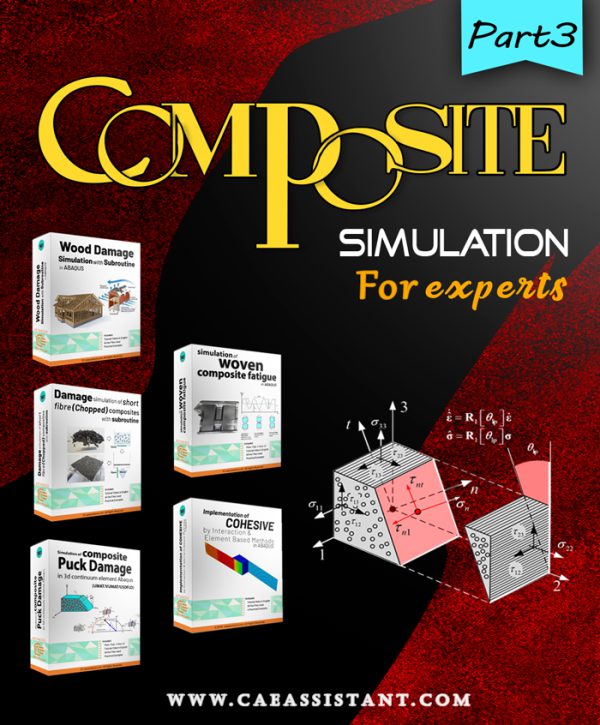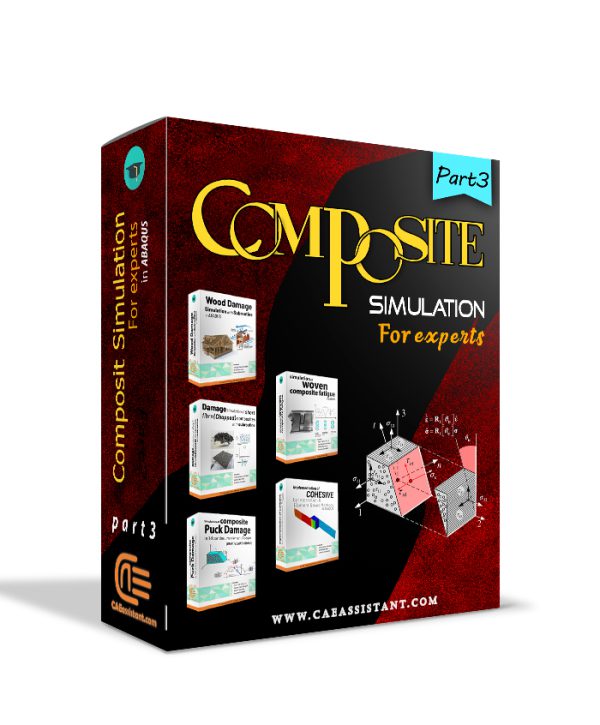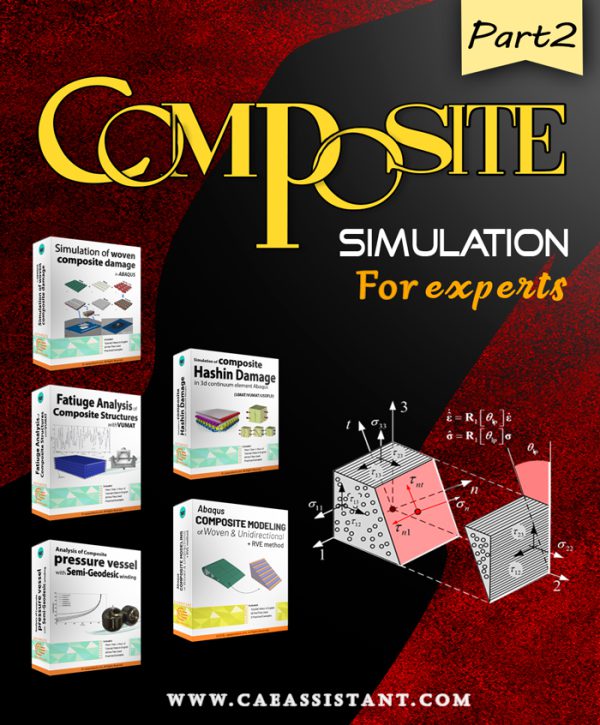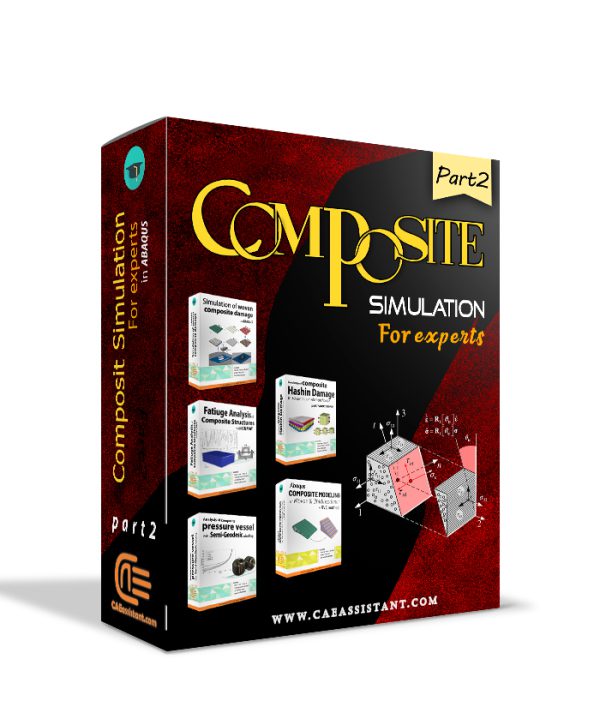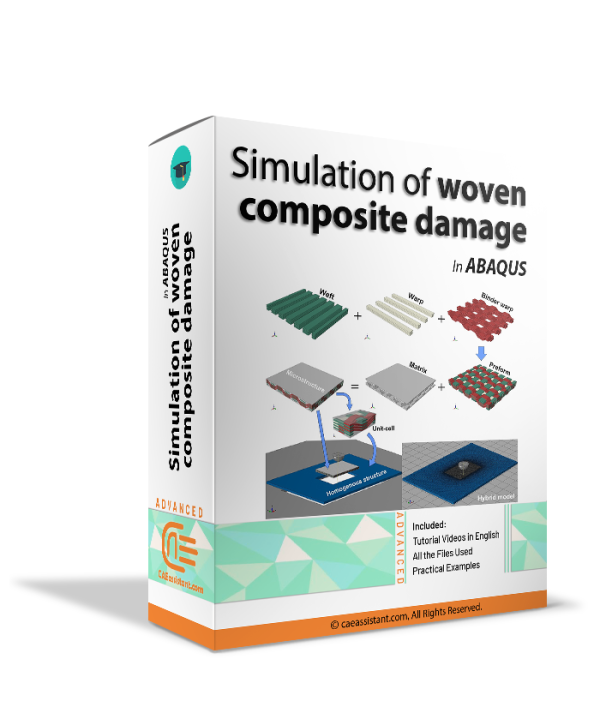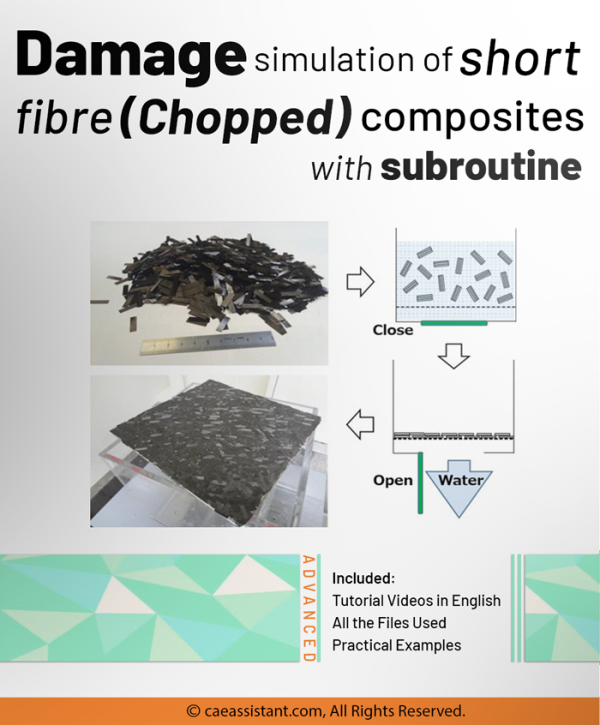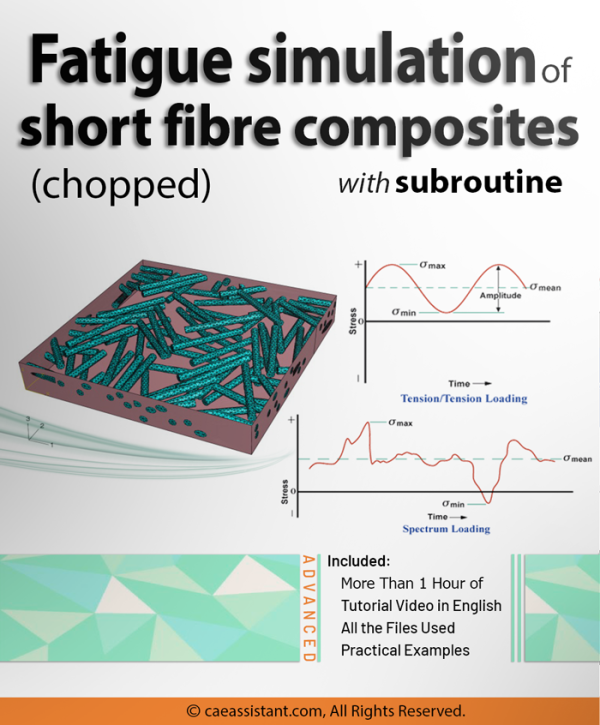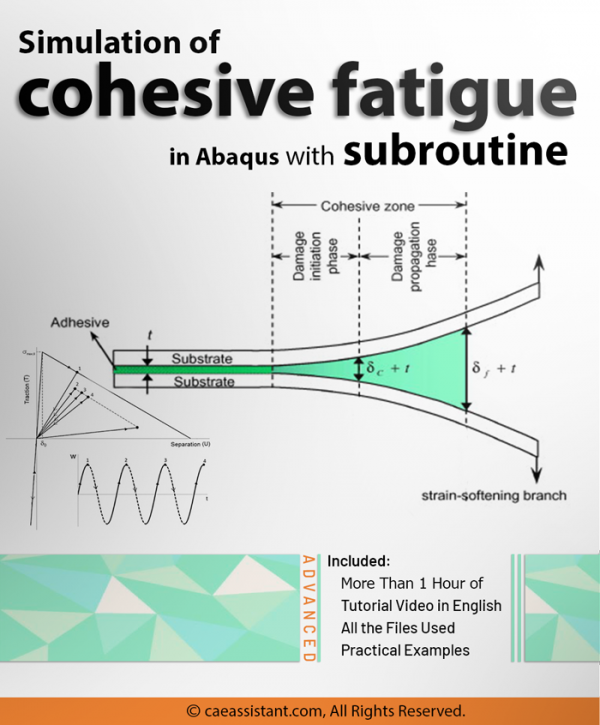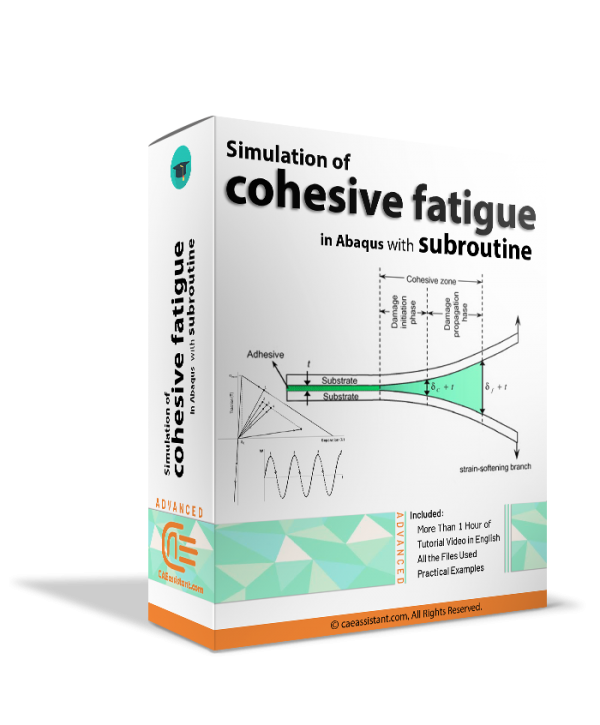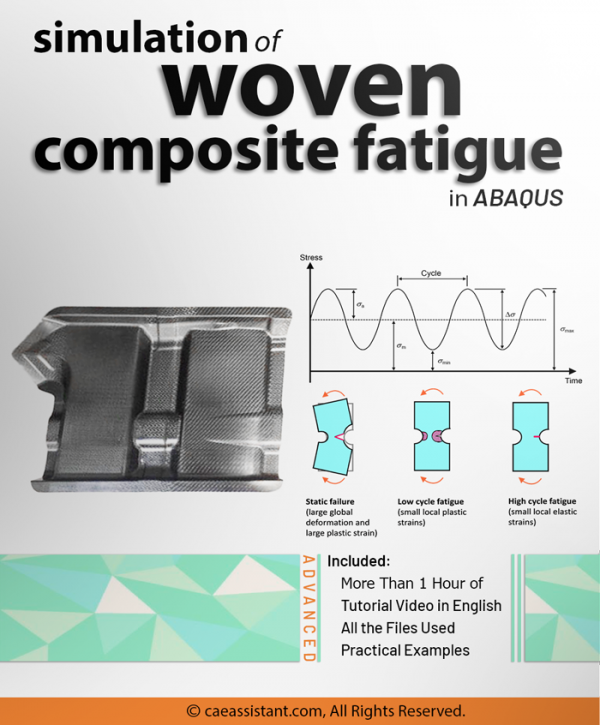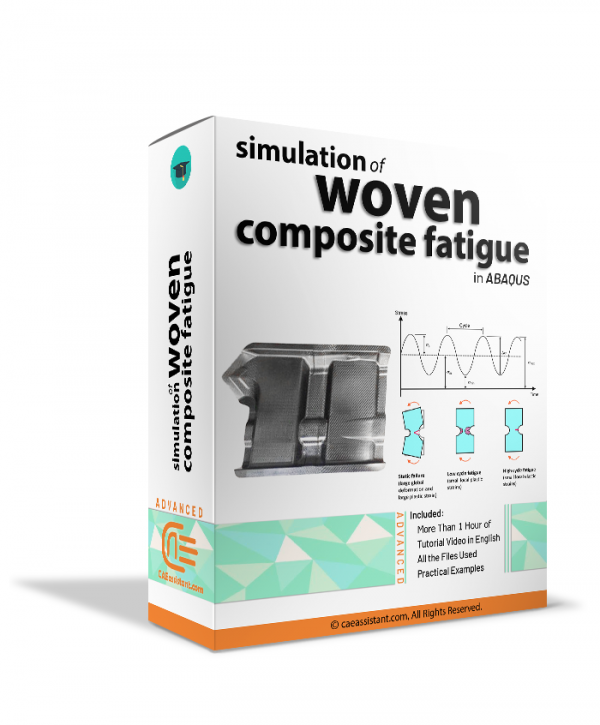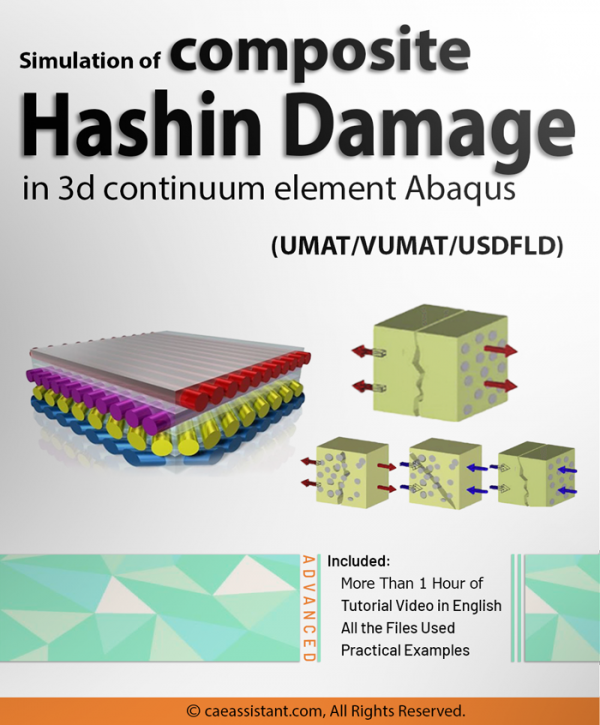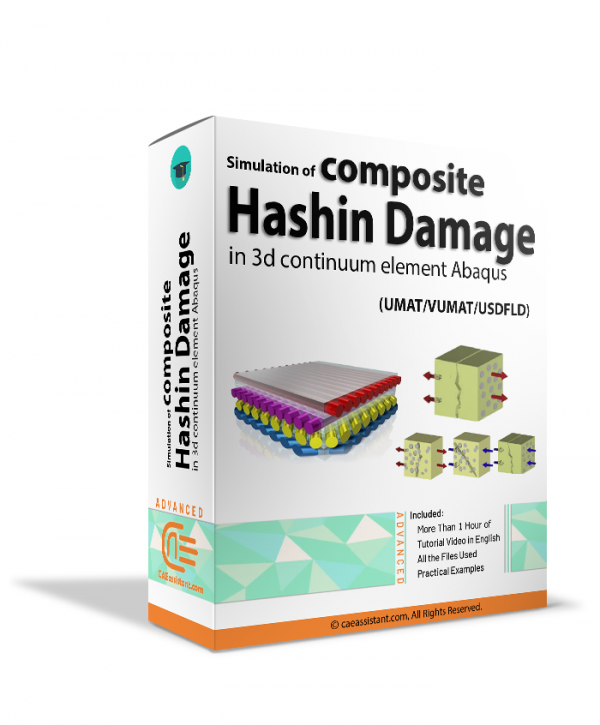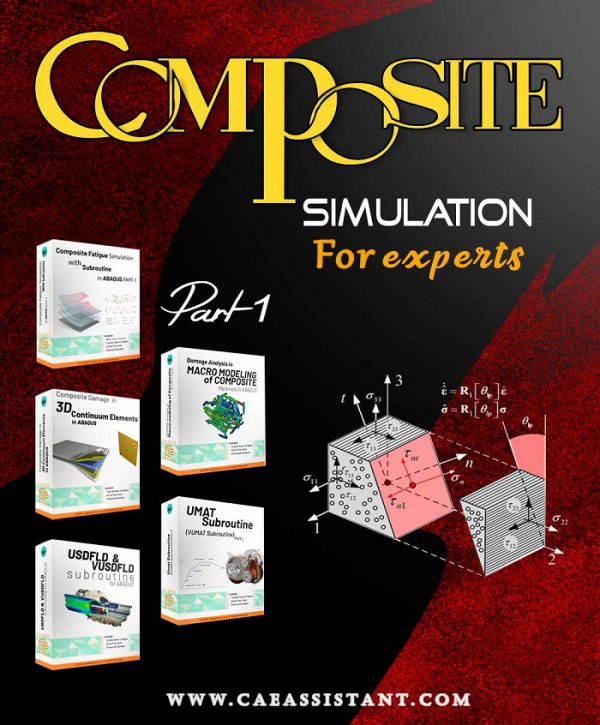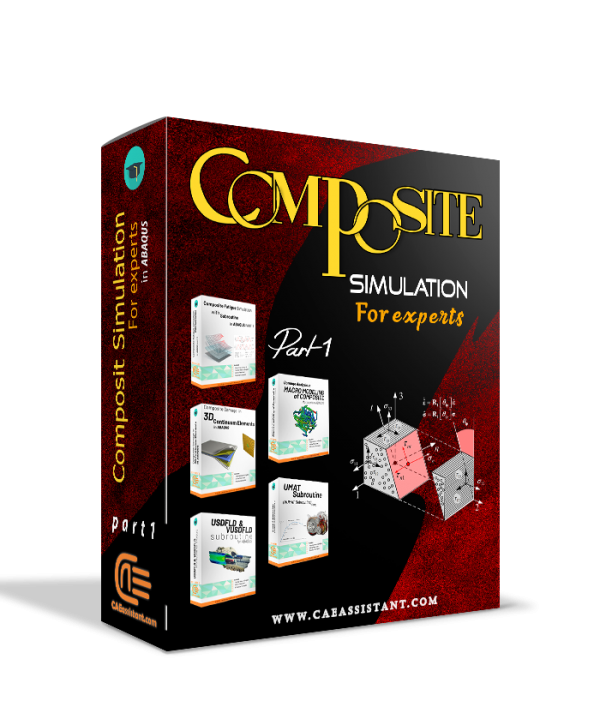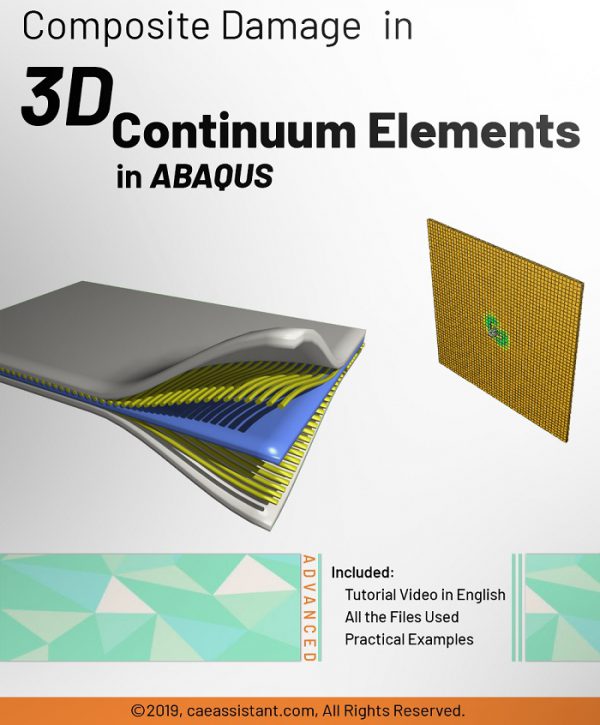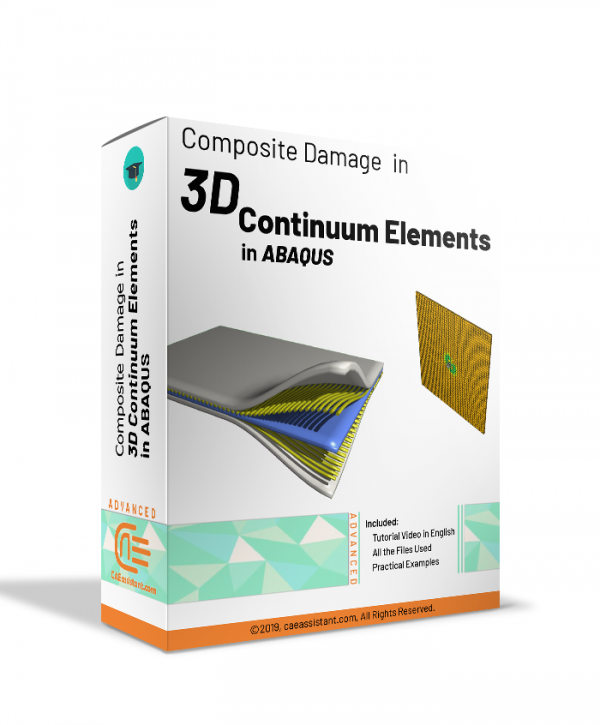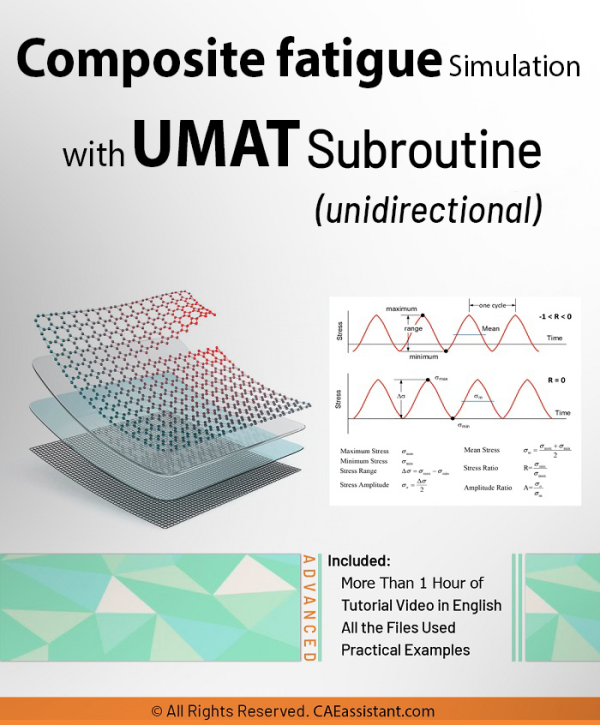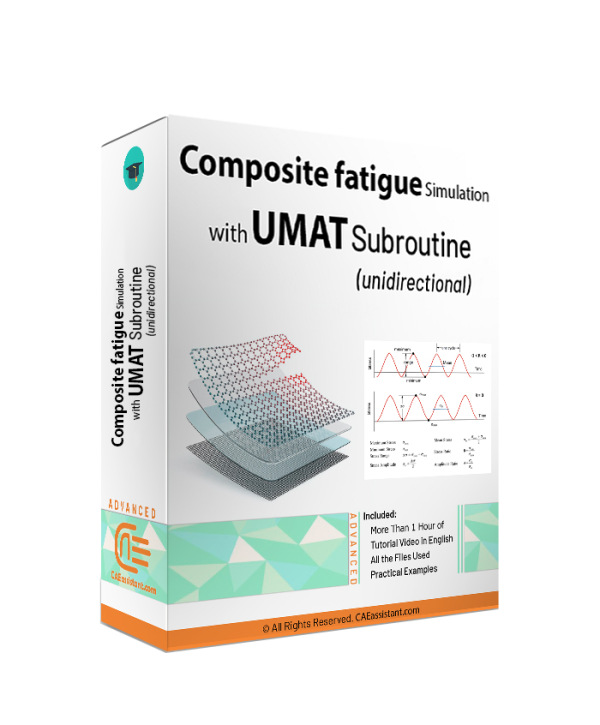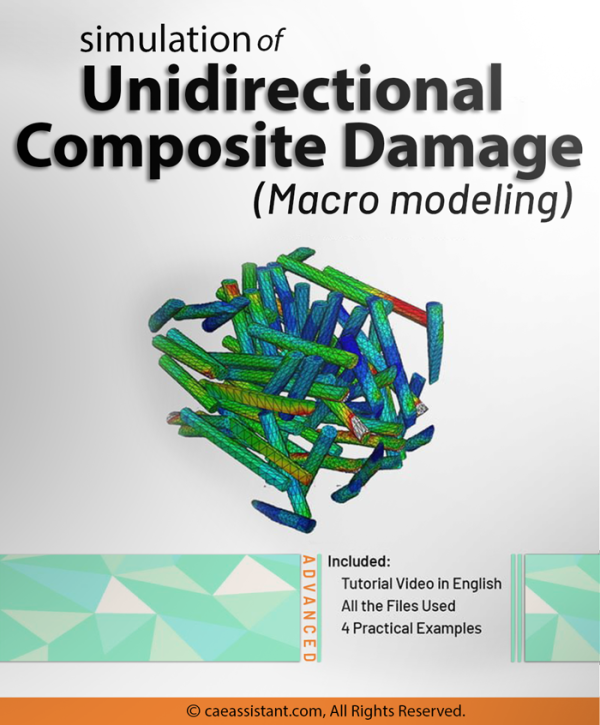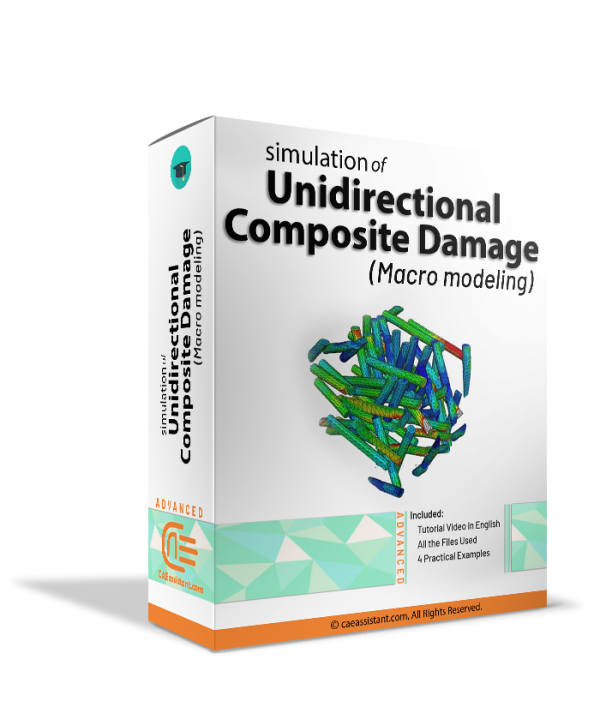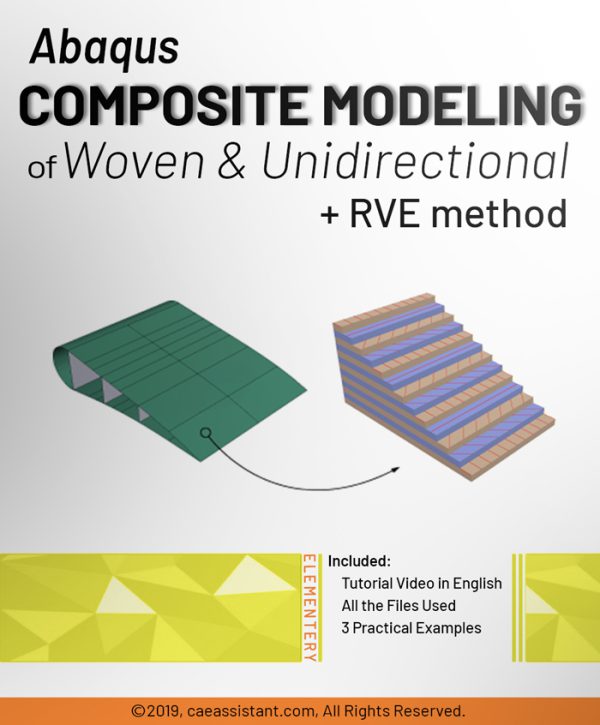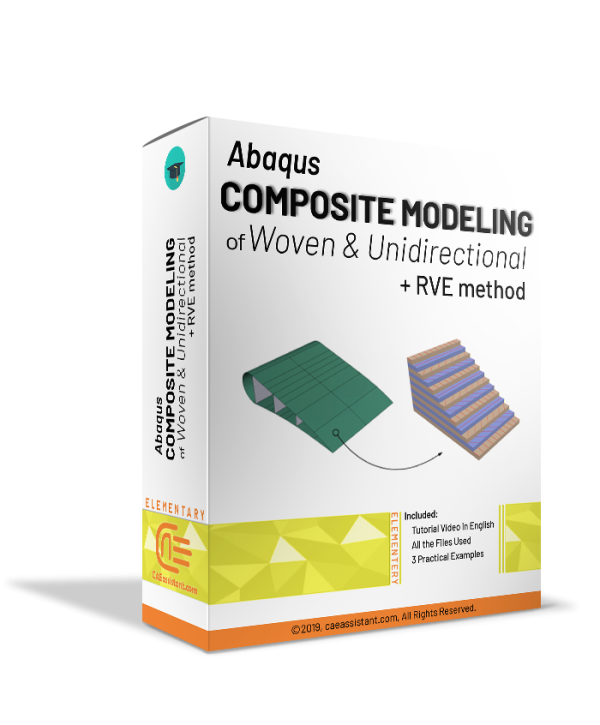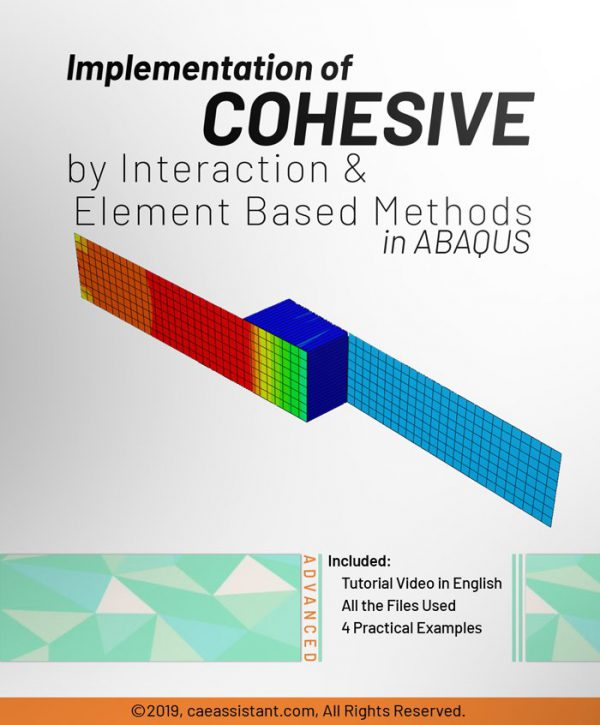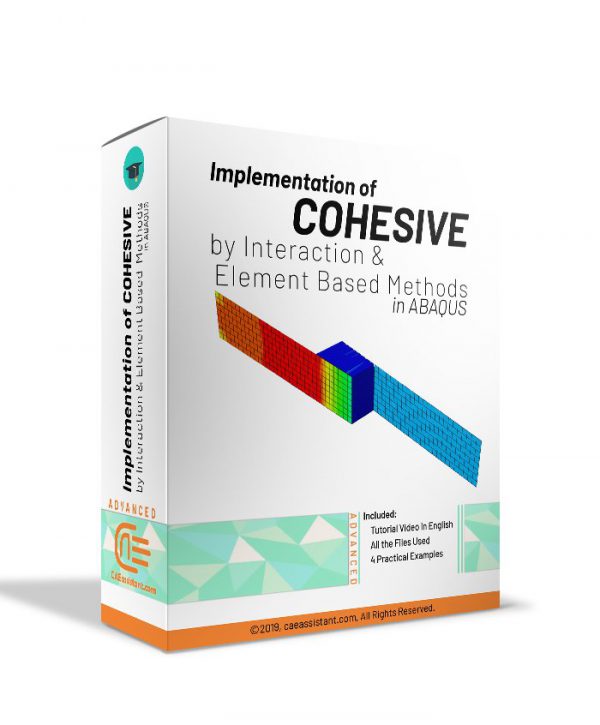Dr. Vijay Kumar
Country: India
Education
Indian Institute of Technology (IIT): Bachelor’s in Mechanical Engineering
University of California, Berkeley: Master’s in Mechanical Engineering
Massachusetts Institute of Technology (MIT): Ph.D. in Mechanical Engineering
Company History
Aerospace Engineering Pvt. Ltd.: Research Scientist (5 years)
Indian Institute of Science (IISc): Professor (Present)
Expertise
Dr. Kumar is a leading expert in the field of composite materials and failure analysis using ABAQUS. He has extensive experience in modeling and simulating the mechanical behavior of composite structures under various loading conditions. Dr. Kumar’s research focuses on developing novel composite materials with improved strength, stiffness, and damage tolerance. He is also actively involved in developing new methodologies for failure analysis of composite structures using ABAQUS.
Composite Pressure Vessel simulation in ABAQUS
Composite pressure vessel analysis with Semi-Geodesic winding
Full Composite fatigue Add-on (Academic and industrial usage)
Full Composite damage Add-on (Academic and industrial usage)
Composite Fatigue Simulation with VUMAT Subroutine in ABAQUS
Composite simulation for experts-Part-3
Pay attention to the syllabus and availability file details. some of the packages are fully available and some of them are partially available. If this is partially available it takes at least two months to be completely available.
If you are a graduate or Ph.D. student, if you are a university professor or an expert engineer in the industry who deals with simulation software, you are definitely familiar with the limitations of this software in defining the material properties, loading or meshing, interaction properties, and etc. You have certainly tried to define the properties of materials based on advanced fracture theories in finite element software and are familiar with their limitations and problems. Now, here is your solution. Start writing subroutines in finite element software and overcome the limitations. With the tutorials in the Golden Package, you will learn how to write 8 subroutines in Abaqus software professionally.Composite simulation for experts-Part-2
If you are a researcher, student, university professor, or Engineer in the company in the field of composite materials, this training package in simulating these materials in Abaqus software is the best selection. This training package is the second part of the composite for expert package and is focusing on the Simulation of woven composite damage in Abaqus, Composite Fatigue Simulation, Analysis of Composite pressure vessel with Semi-Geodesic winding, Simulation of composite Hashin damage in 3d continuum element (UMAT-VUMAT-USDFLD), and Abaqus composite modeling of Woven & Unidirectional + RVE method.
Simulation of composite Puck damage in 3d continuum element in Abaqus (UMAT-USDFLD-VUMAT)
Simulation of woven composites damage in Abaqus
Damage simulation of short fibre composites with subroutine
Fatigue damage simulation of short fibre composites with subroutine
Simulation of woven composite fatigue in Abaqus
Simulation of composite Hashin damage in 3d continuum element in Abaqus (UMAT-VUMAT-USDFLD)
Composite simulation for experts-Part-1
3D continuum Abaqus HASHIN progressive Damage for composite materials (VUMAT Subroutine)
Composite Fatigue Simulation with UMAT Subroutine in ABAQUS (unidirectional)
Simulation of Unidirectional Composite Damage in ABAQUS
Abaqus composite modeling of Woven & Unidirectional + RVE method
This training package provides comprehensive basic information and examples on for composite modeling in ABAQUS FEM software in accordance with subsequent packages. The methods of modeling these materials are in two ways: micro and macro, which vary according to the type of material selected and how they are used. Next packages focus on two modeling types professionally.
Implementation of Cohesive by interaction & element based methods in ABAQUS
This package teaches you how to choose the method and apply cohesive modeling for various simple and complex problems. The training package also teaches you how to define the basic geometry of the adhesive elements and how to define the mechanical behavior in elastic and damaged regions in ABAQUS FEM software.
